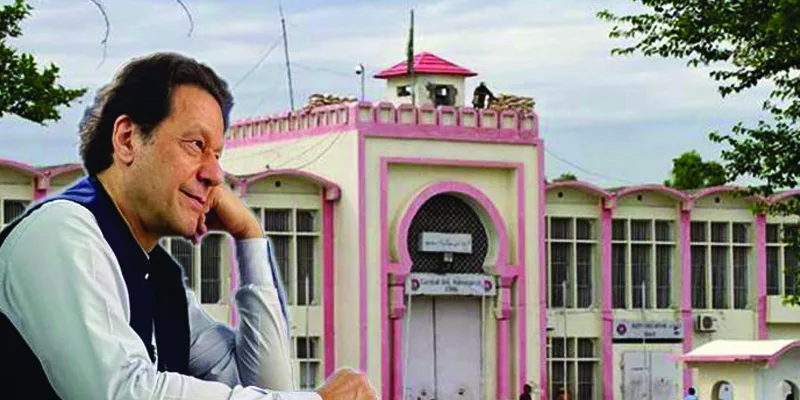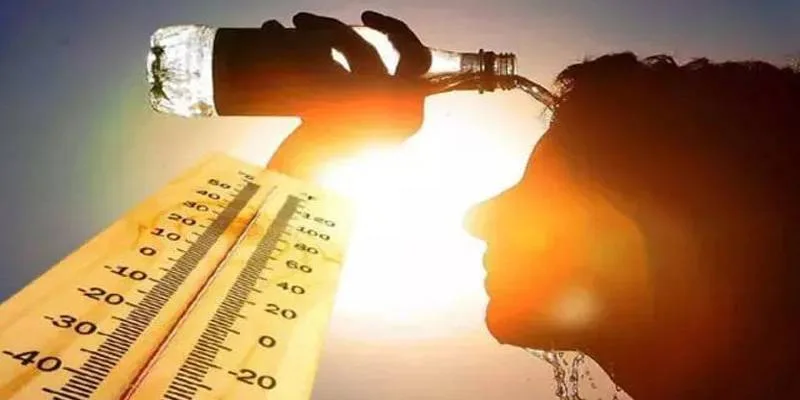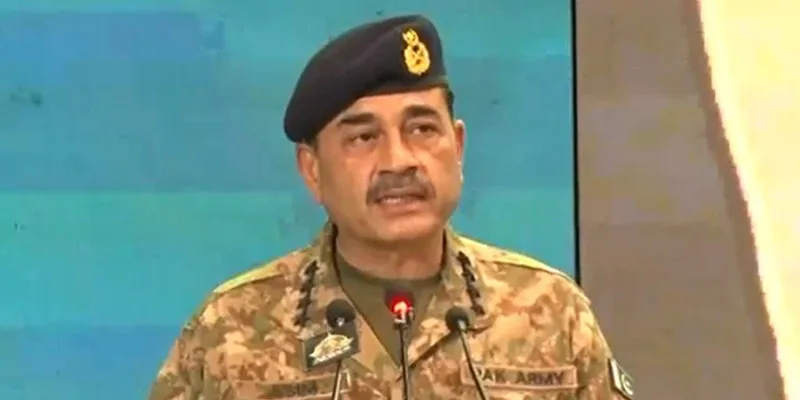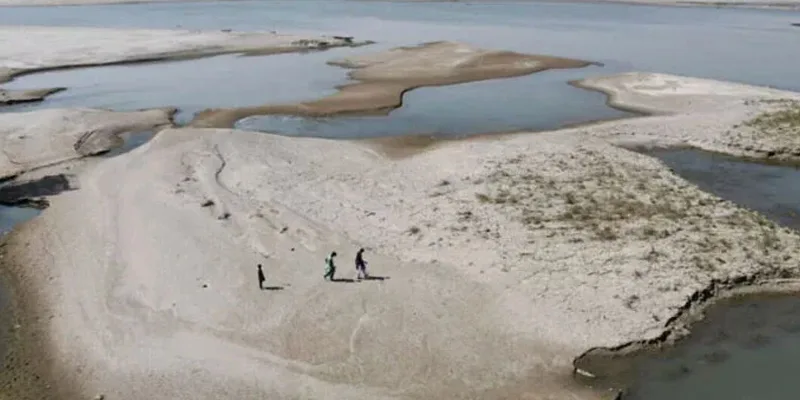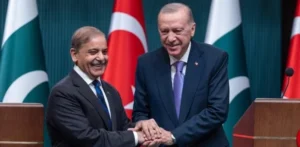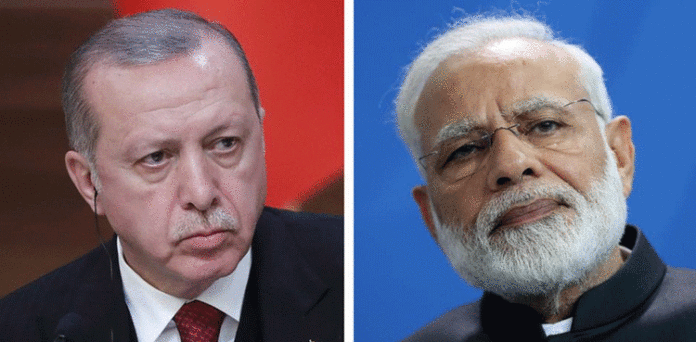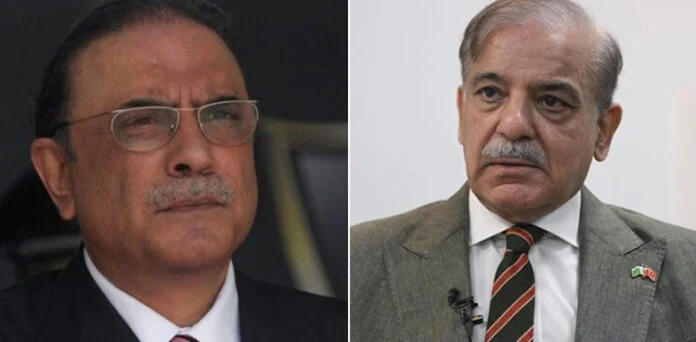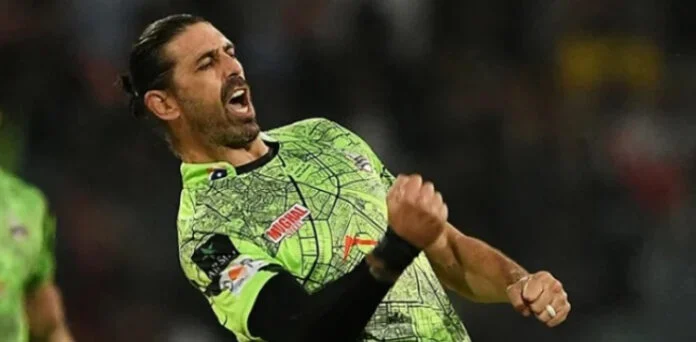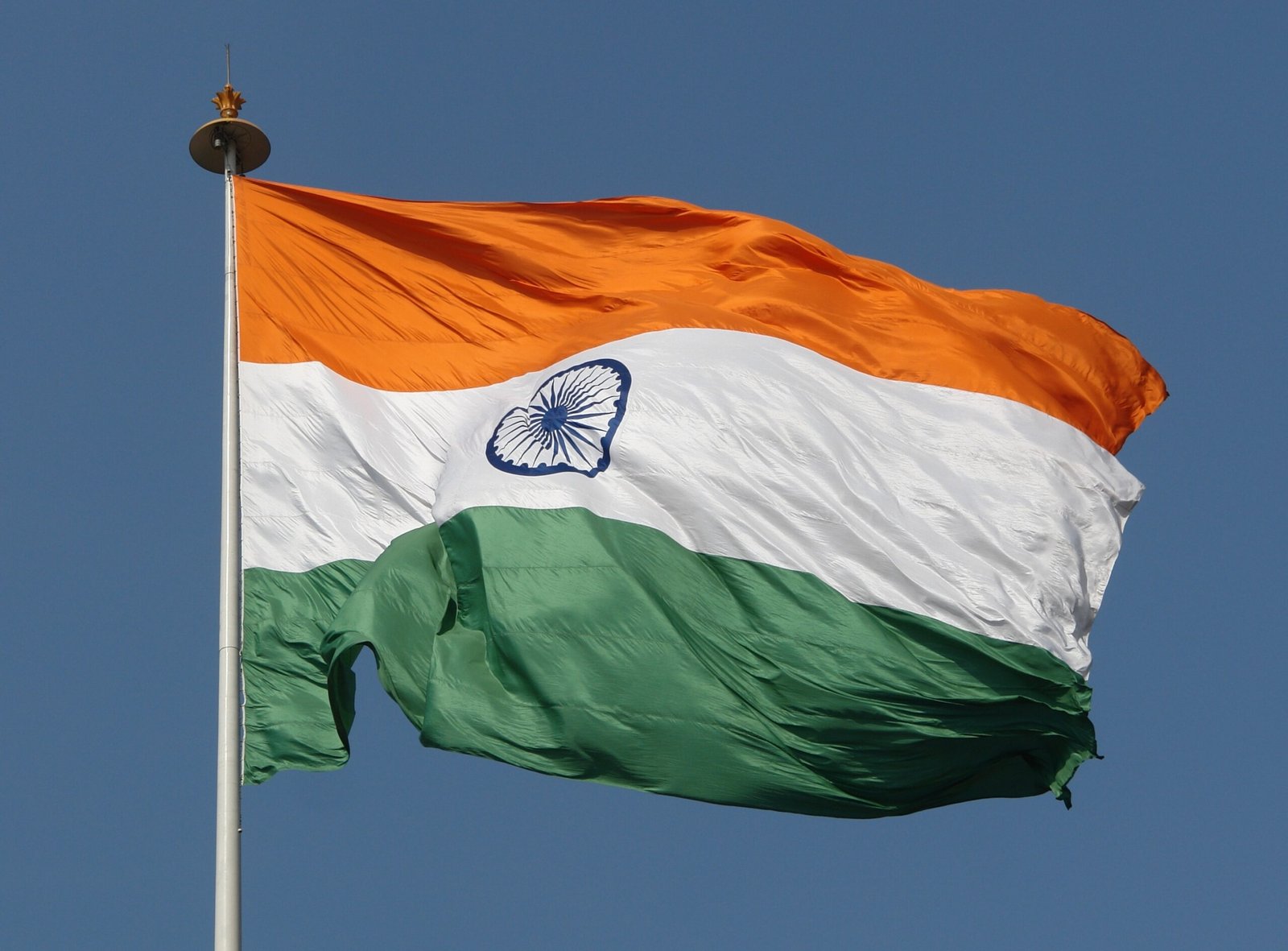
India, the world’s second-most populous country, is a federal union of states and union territories, each with its own government. Over the years, India has evolved politically, with the number of states changing due to administrative decisions, boundary reconfigurations, and the formation of new states. As of now, India has 28 states and 8 Union Territories.
Historical Background and Evolution of States
India’s states and territories have been shaped through historical, cultural, and political processes. Prior to independence in 1947, India was under British colonial rule and was divided into princely states and British-controlled provinces. After gaining independence, the country adopted a federal structure and began to organize itself into states and union territories.
Initially, India had 29 states and 7 Union Territories following its independence, and the states were primarily organized based on linguistic and cultural divisions. The States Reorganisation Act of 1956 was a crucial moment in this process, which reorganized the states along linguistic lines, making the country more cohesive.
Over time, new states were created for political, economic, and social reasons. The most recent change was in 2014, when Telangana was carved out from Andhra Pradesh, making it the 28th state of India. Since then, no new states have been formed, though the demand for new states continues in certain parts of India.
The 28 States of India
The current states of India are as follows:
- Andhra Pradesh
- Arunachal Pradesh
- Assam
- Bihar
- Chhattisgarh
- Goa
- Gujarat
- Haryana
- Himachal Pradesh
- Jharkhand
- Karnataka
- Kerala
- Madhya Pradesh
- Maharashtra
- Manipur
- Meghalaya
- Mizoram
- Nagaland
- Odisha
- Punjab
- Rajasthan
- Sikkim
- Tamil Nadu
- Telangana
- Tripura
- Uttar Pradesh
- Uttarakhand
- West Bengal
Each of these states has its own legislature and government, and they are further divided into districts and cities. States like Uttar Pradesh, Maharashtra, and West Bengal are the most populous, while states like Sikkim and Goa are smaller in terms of both area and population.
The 8 Union Territories of India
In addition to the states, India has 8 Union Territories (UTs). These regions are directly governed by the Central Government of India, and they do not have the same level of autonomy as the states. The Union Territories are:
- Andaman and Nicobar Islands
- Chandigarh
- Dadra and Nagar Haveli and Daman and Diu
- Lakshadweep
- Delhi (National Capital Territory of Delhi)
- Puducherry
- Ladakh
- Lakshadweep
Among the Union Territories, Delhi and Puducherry have their own legislatures and partial state-like powers, especially in areas related to law and order and taxation.
Why States Matter in India
The state structure in India plays a vital role in the country’s political, administrative, and economic functioning. The Indian constitution gives substantial powers to the states, allowing them to legislate and govern on matters of local importance. This decentralization ensures that policies and decisions are more relevant to the people’s specific needs, and helps maintain India’s diversity by recognizing its regional identities.
Conclusion
To summarize, India currently has 28 states and 8 Union Territories, each contributing to the country’s rich diversity and federal structure. The number of states has evolved over time, shaped by historical, linguistic, and political factors. As India continues to grow and develop, the political landscape may change further, but the current structure allows for a balance between local governance and national unity.




